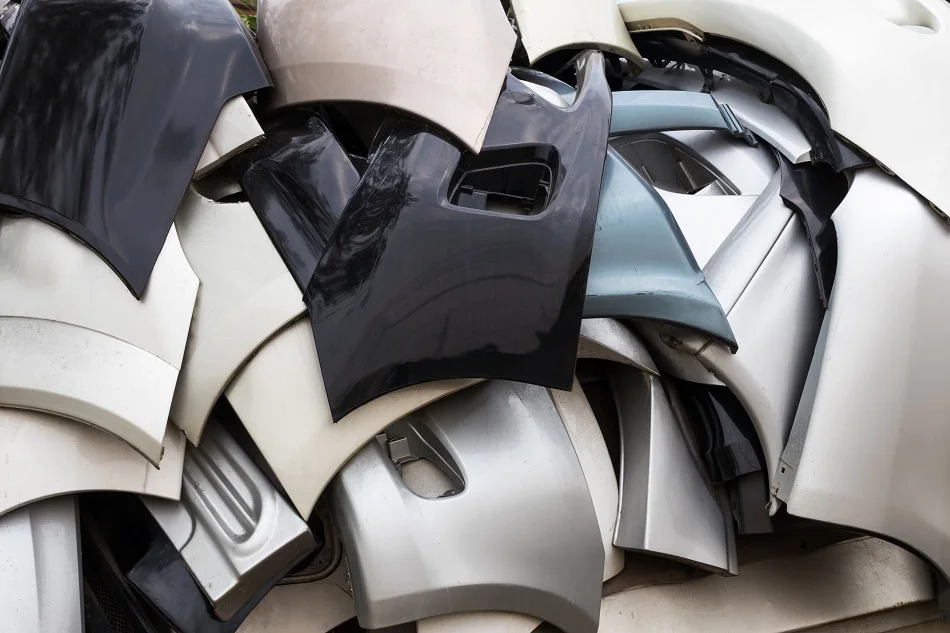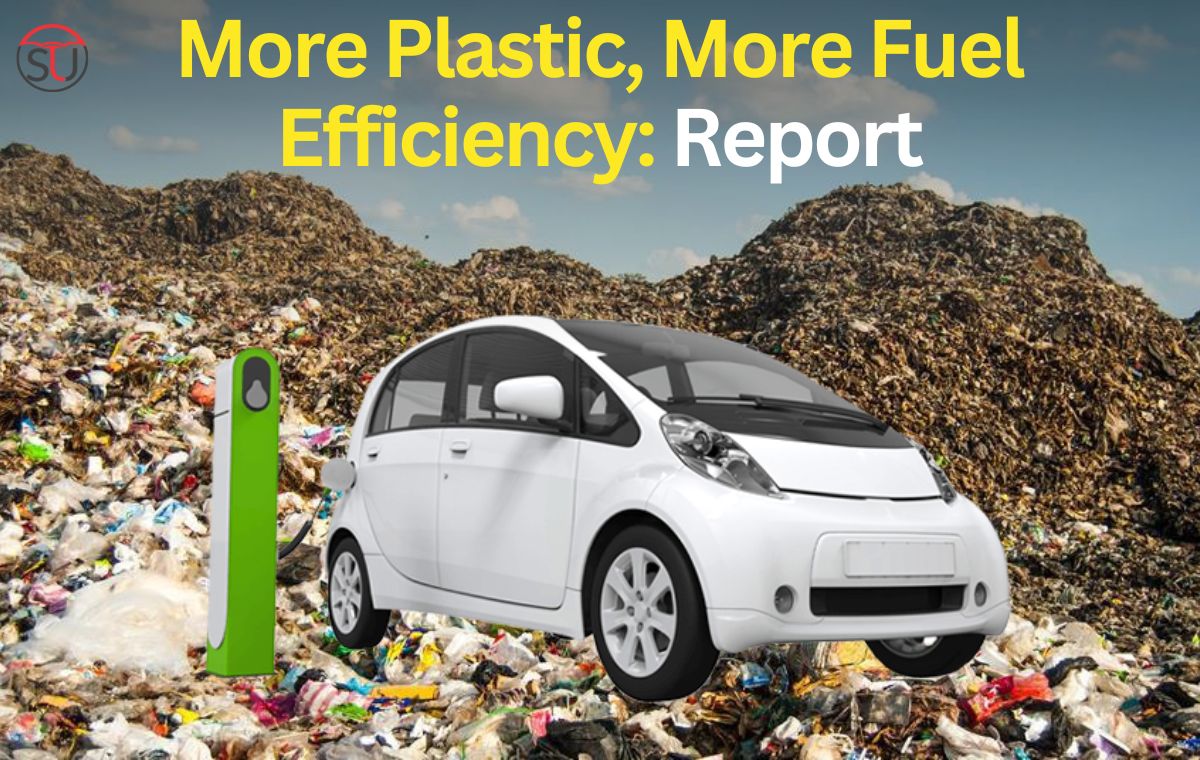The American Chemistry Council (ACC) has issued a report named “Chemistry and Automobiles.” In the report, the role of plastics and chemistry in automobiles.
As per the report, the average increase in the number of plastics in automobiles from 2012 to 2021 is 16% to 411 pounds. The calculations have also revealed that 411 pounds make up not more than 10% of an average vehicle weight yet about 50% of the volume.
This clearly shows that fuel efficiency is enhanced and in return for that minimizing costs for drivers and carbon emissions from transportation.
What Did The Senior Director Say?
The Senior Director of Industry Intelligence and Analysis at ACC, and Lead Author of the Report, Heather Rose-Glowacki revealed that:
“This report reveals that the auto industry is preferring to use more plastic in vehicles and in fact, those preferences are profiting car owners, the safety of passengers, and our hard work to enhance lower carbon solutions.

credit:google
I expect that the trend will carry on to advance as electric vehicles grow in market share. More electric vehicles lead to more electric vehicle chargers, which undoubtedly need plastics to manufacture and function.
“The use of plastics in automobiles is a great example of the revolution planted in sustainability.
These materials are not similar to ordinary ones; they have to stand steadily in high temperatures from batteries, daily exposure to ultra-violet light, and also the operation and usage of a busy family,” the vice president of plastics at ACC, Joshua Baca revealed.

credit:google
“The thing that actually excites me the most is how we are seeing automakers partner with the industry to not just include plastics in vehicles but also to enhance the recycling of those materials at the end of the span of the vehicle.”
The Future Of Plastics In the Automobile Industry
Minimizing fuel consumption and dangerous emissions is the main moto of auto manufacturers and consumers also. As new green technologies are the prime moto of the generation, so will the revolutionary bioplastics and polyamides.
This is very clear that the EV makers will be the ones to produce the majority of bioplastics as the lighter weight helps in lowering energy consumption. EV producers are so starting to include more recyclable plastics in vehicles.

credit:google
ALSO READ:US Universities Changing Their Studies Patterns Due to AI Chatbots Use
For example, resins are from recycled auto plastics which are also being remade to make vehicle cladding for car doors and dash consoles. Despite the fact that various normal plastics are non-recyclable, the step toward bioplastics is a great step for enhancing the sustainability of automotive production.
ALSO READ: Hyundai Verna Launched Today; Know Price, Features And Specifications



